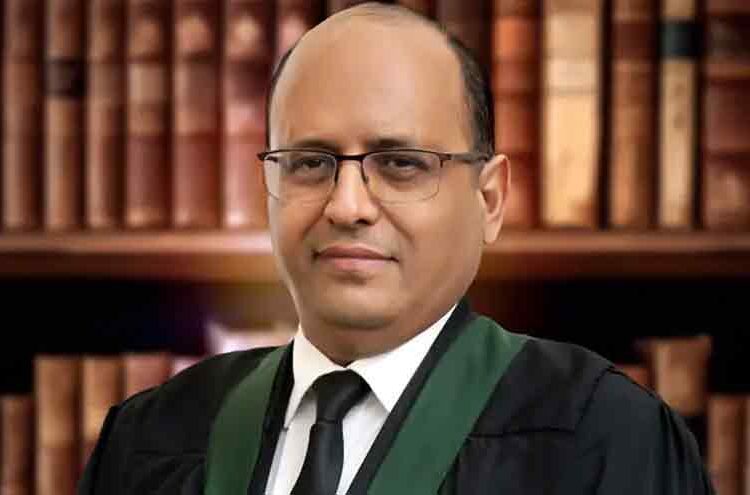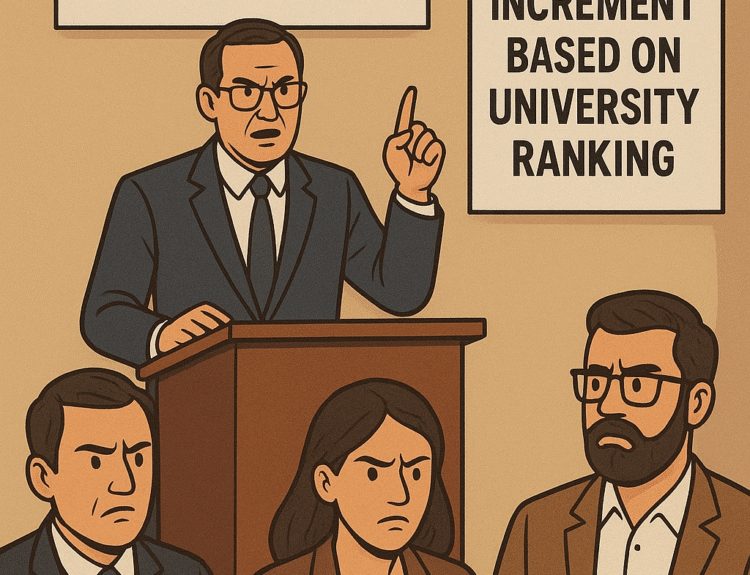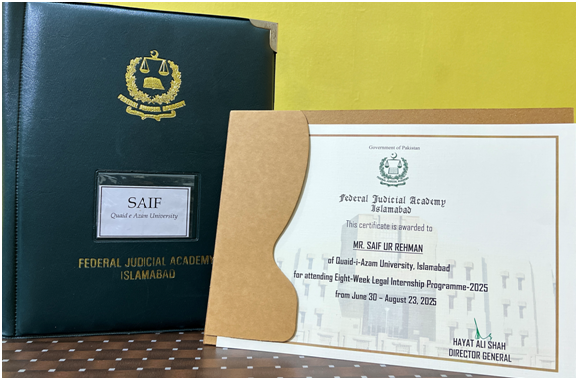
In the 1800 US presidential election, Thomas Jefferson defeated John Adams, but before leaving office, Adams appointed a number of judges to maintain his influence. The new administration refused to comply leading to Marbury v. Madison (1803), one of the landmark cases in the history of US constitutional law.
In Marbury, the US Supreme Court found that while it was illegal for Madison, the Secretary of State, to withhold Marbury’s commission, the provision allowing Marbury to bring his claim to the Court was unconstitutional. In so doing, the decision established the power of judicial review or the right of the US Supreme Court to interpret the Constitution.
Many Common Law countries, usually former British colonies, have since enshrined some type of judicial review powers for supreme courts in their constitutions that enable Supreme Courts to strike down laws that are deemed unconstitutional.
The Government of Pakistan’s recently-announced plans to notify a new Constitutional Court have been duly scrutinized. Detractors argue that given the long history of Supreme Courts exercising judicial review in Common Law countries, there is no real need for a separate court as the Supreme Court already functions as a Constitutional Court.
There is more than meets the eye, of course. For starters, those who tout Marbury as a seminal case that arguably established judicial review powers, conveniently forget that these highest courts have ostensibly committed grievous and historic injustices by letting personal biases cloud constitutional interpretation.
Of course, there is no guarantee that future Constitutional Court judges will leave their biases outside the courtroom. But, at least biasedness may be minimized by carefully selecting and assessing candidates for the position of Constitutional Court judges, who should not only be specialists in constitutional law, but should not exhibit any overt biases or political affiliations.
Second, a case may also be made in favor of a new Constitutional Court in Pakistan on the grounds of what Adam Smith referred to as “division of labor” in his famous work The Wealth of Nations. In the pin factory example, Smith showed how division of labor or specialization would enable workers to produce many more pins than each of the workers working alone.
Perhaps, in a similar fashion, specialist judges in a new Constitutional Court would assist in creating a breathing space for the Supreme Court so that it can begin to bring down case pendency, or backlog that had reached almost as high as 60,000 cases at the end of last month.
Finally, though scholars often only cite Western examples, Constitutional Courts in Arab countries, like Kuwait, Bahrain and Egypt demonstrate positive potential, especially as some Constitutional Courts have evolved over time. The Supreme Constitutional Court of Egypt, though created by an authoritarian regime, gained more independence under President Sadat. In the 1990s, it became an activist court, even aligning with the opposition, thereby illustrating the complexity and positive potential of such institutions in democratizing countries.
In sum, there is a long and hallowed history of Supreme Courts exercising judicial review in many Common Law countries. Sadly, some of these have also faltered by letting their personal biases get the better of them. At the same time, appointing specialist judges or constitutional scholars in a new Constitutional Court may end up creating the necessary space required to address case pendency. Positive contributions also abound, especially in some Arab counties. All in all, there are strong grounds to notify a new Constitutional Court in Pakistan, especially since the existing system has not optimally delivered.
– Article published in Arab News – The writer completed his doctorate in economics on a Fulbright scholarship. X: @AqdasAfzal





